Are there many companies in the world that are so rapidly conquering the market that their employees become millionaires already during the initial public offering? Yes, there are such examples, but we are talking about founders or leaders, which in most cases is the same. And so that ordinary employees become rich?
You will say that this does not happen, and you will be mistaken. In 1986, Microsoft’s IPO made a splash: overnight, four people became billionaires, and another 12 thousand (!!!) became millionaires. The case is really unique – neither before nor after the manifestations of such loyalty to the employees were noticed.

However, the very history of the company’s formation is very reminiscent of the fairy tale about Cinderella, which we bring to your attention.
Contents
How it all began
The beginning of the 70s of the last century was the era of the total offensive of microelectronics: the invention of semiconductors launched the process of miniaturization of the element base, and this could not but affect the structure of the labor market. Moreover, the professions related to computers were not just in demand: in the United States, even teenagers began to get involved in programming. Some of them were Bill Gates and Paul Allen, who became friends on the basis of their love for machine code. Friends, which Paul Gilbert joined, decided to put the amateur skills on a commercial basis. This is how Traf-O-Data was born, and its first product was a traffic management program written for the City of Seattle. She brought the guys 20 thousand dollars, but the matter did not go further,the competition from professional programmers turned out to be too high.
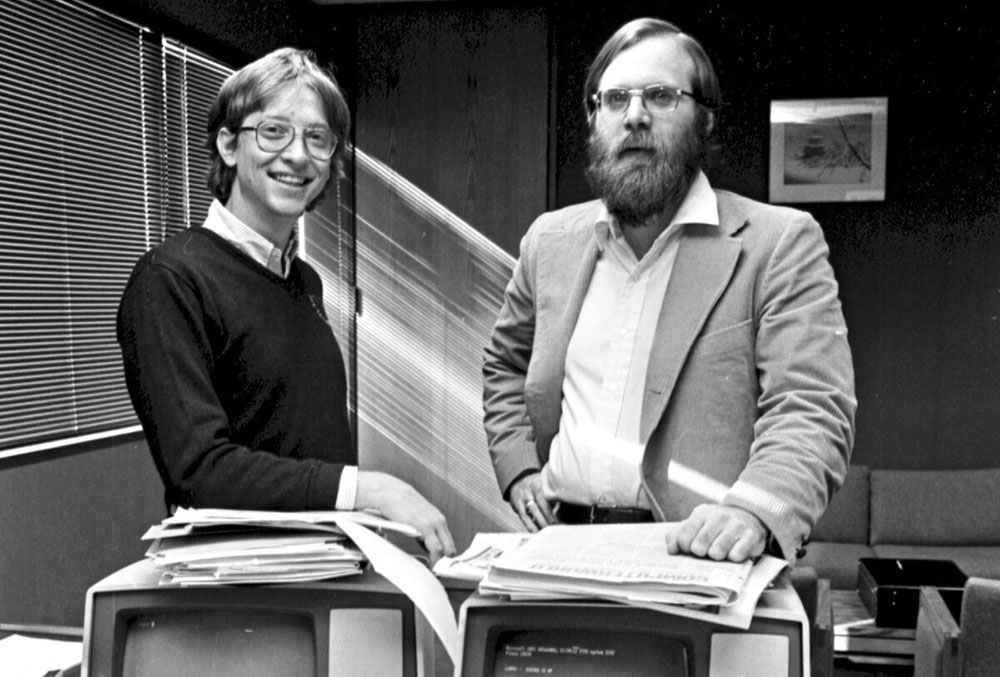
Soon the Altair 8800 computer, which has become very popular, appears on the market. It was a constructor that users had to assemble on their own, and did not have a built-in programming language – commands were entered with toggle switches. Allen came up with the idea that this device would be much more useful if it could skillfully interpret a certain set of commands. This is how the Basic language was invented and born, which became a reference point for others for many years. But the language needed to be adapted to the Altair element base, which Allen and Gates did, enlisting the support of MITS, which was selling this design computer.
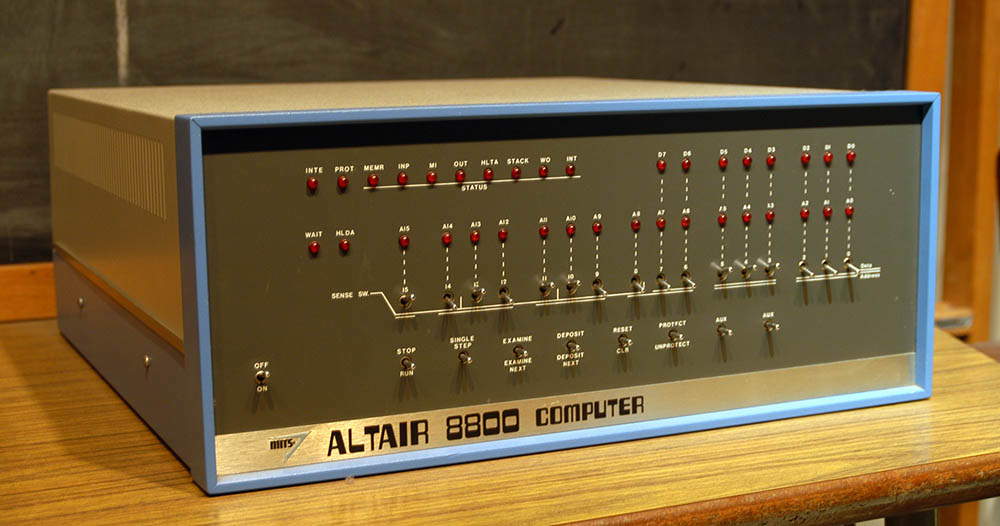
The project turned out to be successful – Basic began to sell well, which prompted the friends to leave the university and start their own business. This is how the company appeared, which became the undisputed leader of the software market.
Founding of Microsoft
Today, in any reference book, you can find information about who is the founder of Microsoft, although this name is usually associated with the OS of the same name.

The name of the company itself is a combination of parts of the words microprocessor and software. Although Gates and Allen were programmers, they realized that programs without hardware were useless. One way or another, but on April 4, 1975 in the city of Albuquerque, a legal entity was registered with this very name – Micro-soft. After 4 years, they decided to abandon the hyphen, and even later the company became known as Microsoft Corporation.
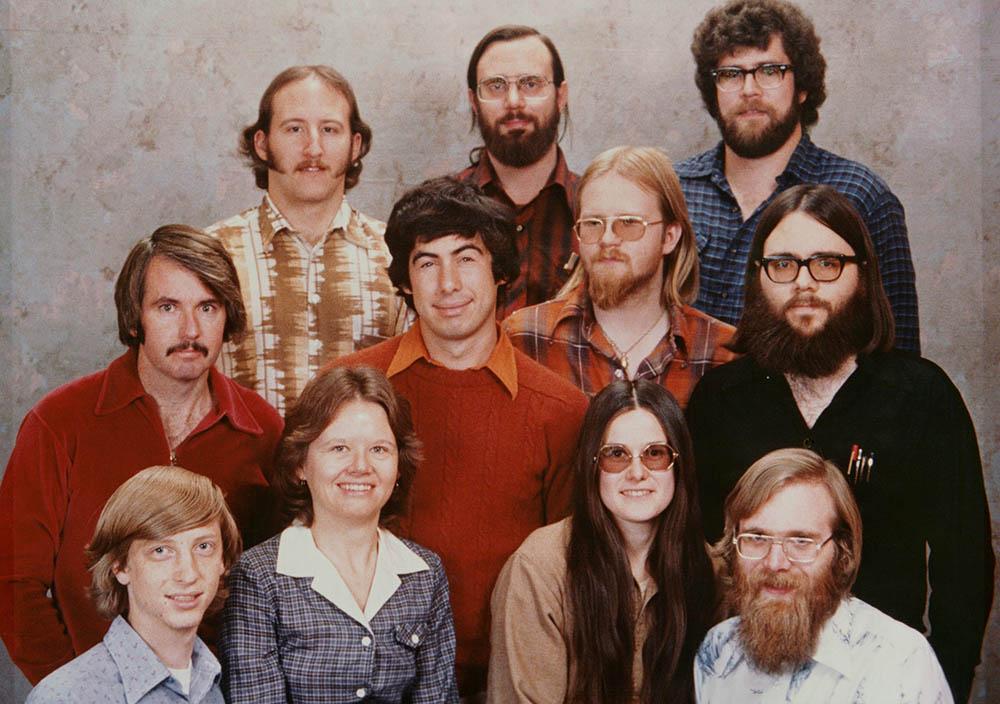
Bill Gates’ managerial talents manifested themselves much later, at first his mother managed the affairs, and quite successfully. The second project of Gates and Allen was the development of the Fortran language, which began selling in 1977. A year later, programmers finish developing the third programming language – Cobol. At the same time, the first successes came – a license for Basic was acquired by two companies at once, Radio Shack and Apple, and then the young company was paid attention to in Japan, where Microsoft received a rather large contract. In 1979, Allen became a millionaire by receiving the ICP Award for Basic-8080.
The history of the creation of Microsoft is impossible without mentioning the contract, which determined the main direction of the company’s activities. In 1980, representatives of IBM approached the programmers, offering to write an operating system for their brainchild, the IBM PC – by that time computers were already equipped with magnetic media from which the control program could be read.
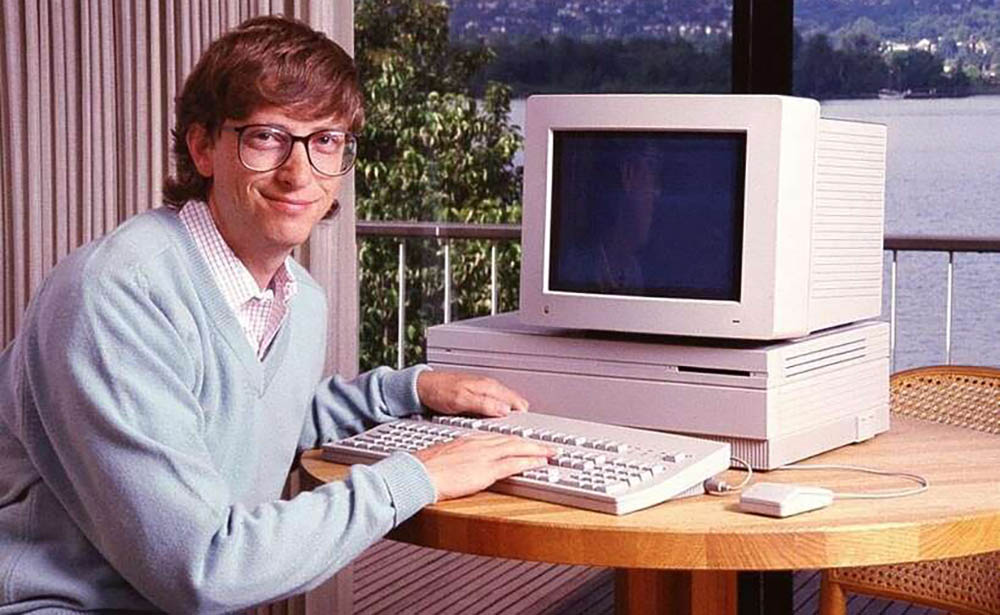
The operating system from Seattle Computer was used as the base, and its author, Tim Patterson, was invited to refine and adapt it. The team gets down to work, and MS-DOS 1.0 is born, along with interpreters and compilers for the Basic, Pascal and Cobol languages.
The IBM PC sold very well, and programmers received a percentage of every copy sold.
By the time Microsoft’s full-time workforce was growing, Bill Gates was the company’s CEO and Paul Allen was its executive vice president as founder.
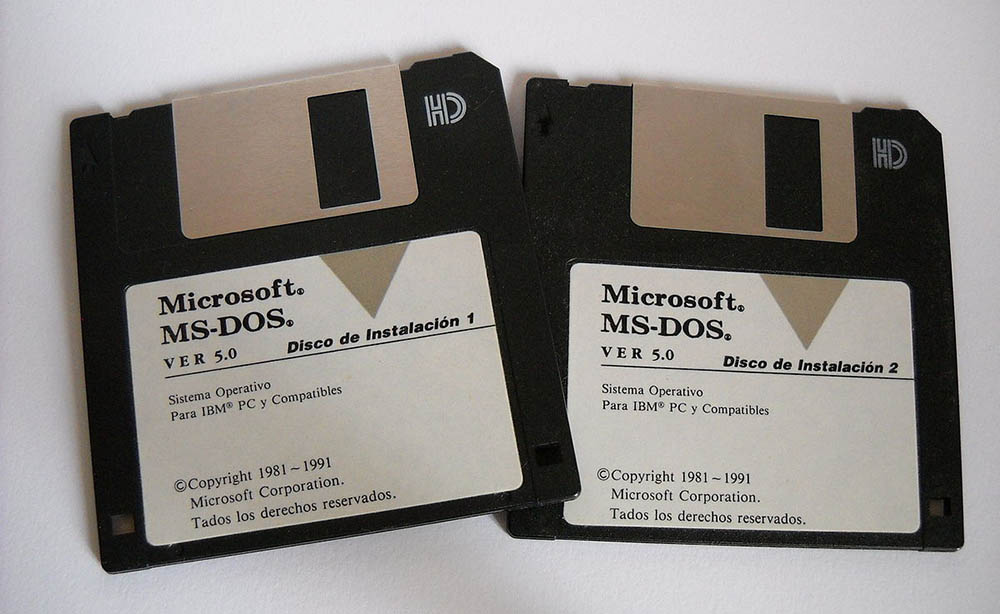
In parallel with the development of Basic (a version with graphics support was released), the company continues to work on MS-DOS, actively promoting it for all platforms on the 8080 chip. As a result, in 1982 this operating system captured 80% of the PC market, and these were the first steps in ways to monopolize the OS segment.
A year later, Allen decides to leave the company, selling part of the shares and leaving behind a third of the income without the right to participate in the business. In 2011, in his book “Idea Man”, he admits that Gates put money first, so it was difficult to cooperate with him, and at times – unbearable.

1985 saw the release of Windows 1.0 with a graphical interface, and a year later Microsoft entered the stock market, which allowed it to accumulate over $ 60 million in its accounts.
The advent of servers led to the need for a network operating system, and in 1987 Microsoft introduced OS / 2, which was used by IBM. At the same time, Windows 2.0 appeared, positioned as a multitasking OS with overlapping windows. At the same time, Excel for Windows with a graphical interface was presented, and a year later – Power Point for Windows and another landmark product, Microsoft Office. In 1989, Windows 3.0 was released, and in a short time managed to sell over 3 million copies of the program.

In 1990, a Russian localized version of MS-DOS appeared, and Microsoft’s head revenue for the first time exceeded the $ 1 billion mark. The company’s founder spared no expense in marketing Windows, and soon this operating system became dominant.
The history of the further development of Microsoft
Windows 3.1 received even more recognition. Since its release in stores in 1992, Microsoft has sold over 3 million copies of the OS in just three months. And in 1995, Windows 95 was released. This event was preceded by an aggressive advertising campaign under the slogan “the most user-friendly OS”, and within a year the number of copies sold exceeded 25 million.

At the same time, Bill Gates announced the orientation of Microsoft products to the World Wide Web, impressed by the success of the Internet browser Netscape Navigator. As a result, the first products called Internet Explorer were developed, and America Online began distributing them to its 5 million army of subscribers.
In 1998, Windows 95 was replaced by an OS with an index of 98, and its immense popularity was largely due to the inclusion of Internet Explorer in the operating system. In the same year, Steve Ballmer was elected to the post of President of Microsoft Corporation.
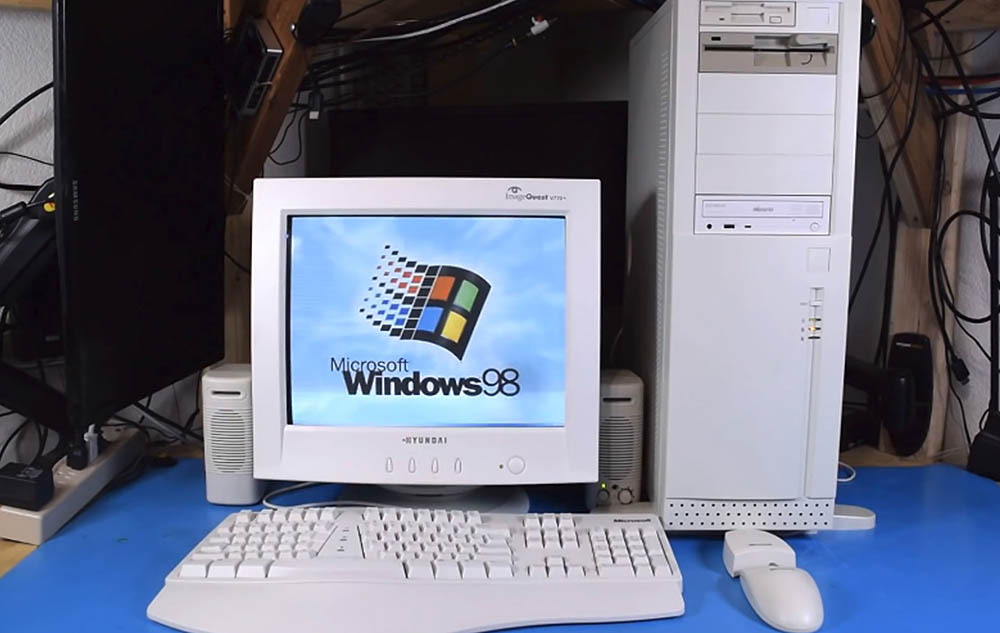
Having decided to try their hand at the game consoles market, the company releases the Xbox, and it is also successful. Competing with Nintendo’s GameCube, the Xbox manages to outstrip until then the most successful player in the market.
The three-year period was again followed, and in 2001 Windows XP appeared, and two years later – the network Windows Server 2003. The new OS had to wait 5 years, but Windows Vista turned out to be an unsuccessful operating system, which forced many users to return to XP.
In 2008, Bill Gates resigned from the position of executive director, which goes to Ballmer.
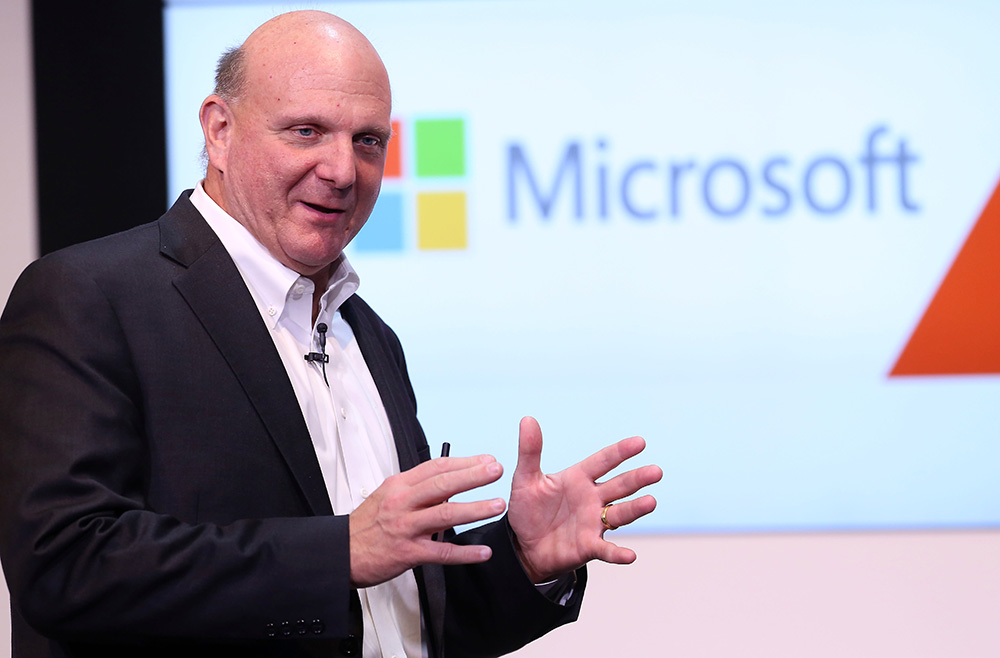
But even after the departure of the founder, Microsoft continues to evolve, and in 2009 Windows 7 appears, designed to replace the unsuccessful Vista. It took only a few years for the new product to be installed on 50% of computers worldwide.
In 2012, the “eight” appears, but it was met ambiguously, because Microsoft decided on a radical change of image, offering an unusual tiled interface.
In 2015, sales of Windows 10 began, and Microsoft’s headquarters announced that this is the latest OS, there will be no new ones, and the support of the “dozens” will be unlimited.
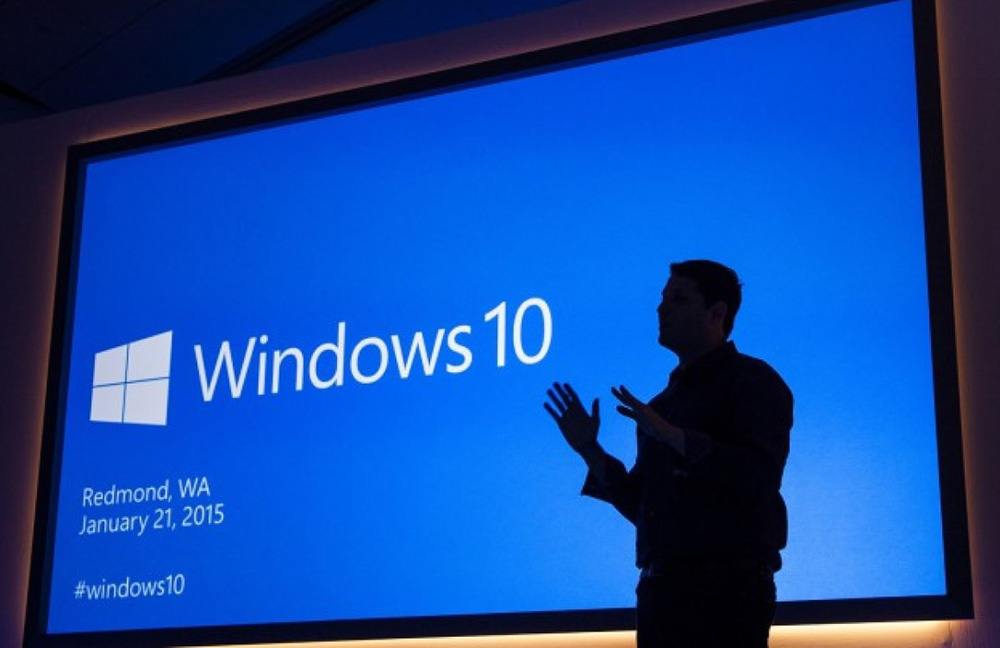
Microsoft today
The monopoly position in the operating system market has repeatedly become the reason for lawsuits, and often the judiciary did not side with Microsoft Corporation. But the market turned out to be conservative, and many of the company’s products are still the undisputed leaders.

The company currently has over 190,000 employees, and its annual revenue is slowly but surely approaching the $ 200 billion mark.
Windows 10 turned out to be not the last operating system – in the summer of 2021, the presentation of the next, eleventh version took place, and in the fall beta testers have already begun to study new OS features from Microsoft, of which, as expected, there are many.
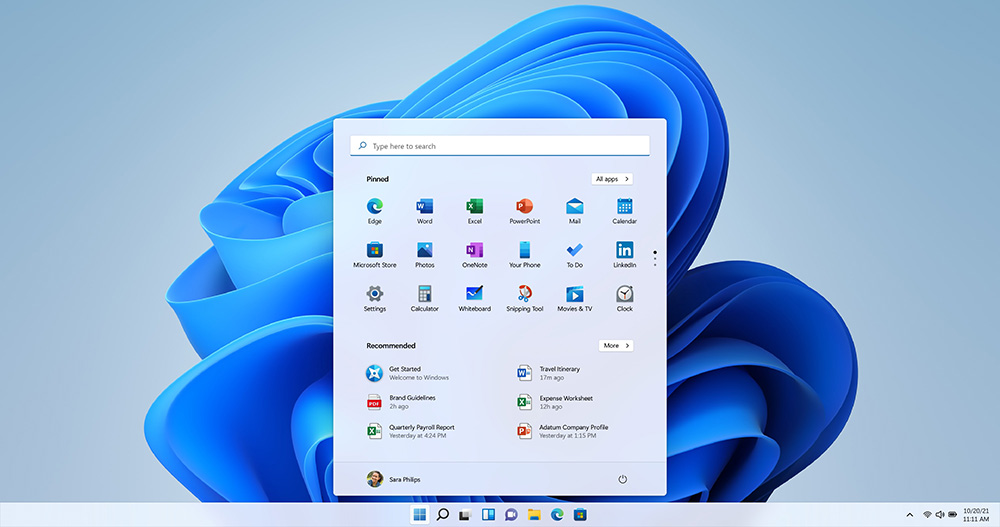
And yet Microsoft does not link its future strategy solely with the operating system market. This is just one of the three main directions of development. A lot of efforts are already directed to the development of programs and services in the field of cloud storage, as well as to the development of PCs, tablets, game consoles and a host of other accessories, including those falling under the concept of a “smart device”.
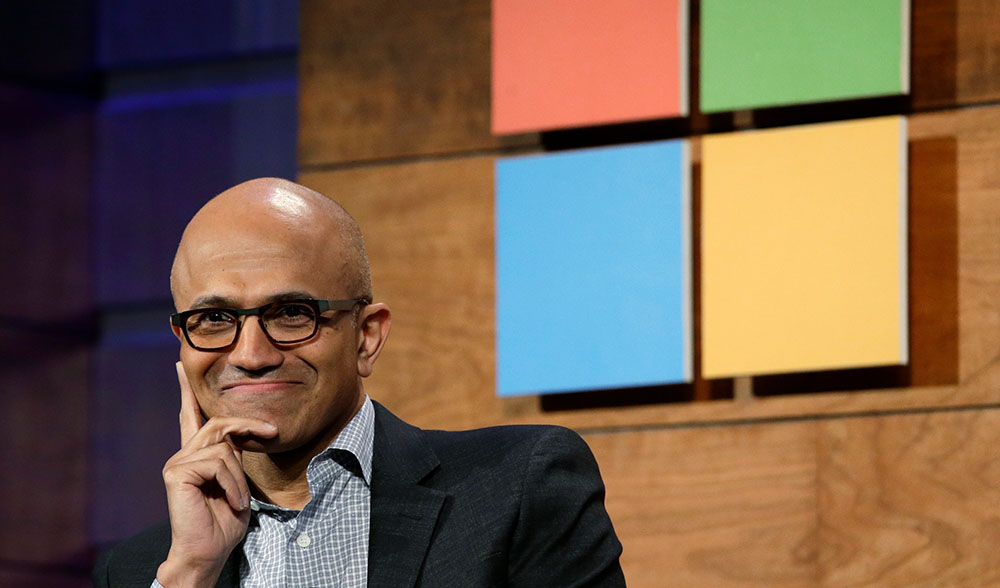
In other words, Microsoft’s global mission is to further digitalize society, the key elements of which are cloud storage and artificial intelligence. The company is actively investing in promising tech startups, paying attention to such unconventional areas as electric vehicles and virtual reality technologies.